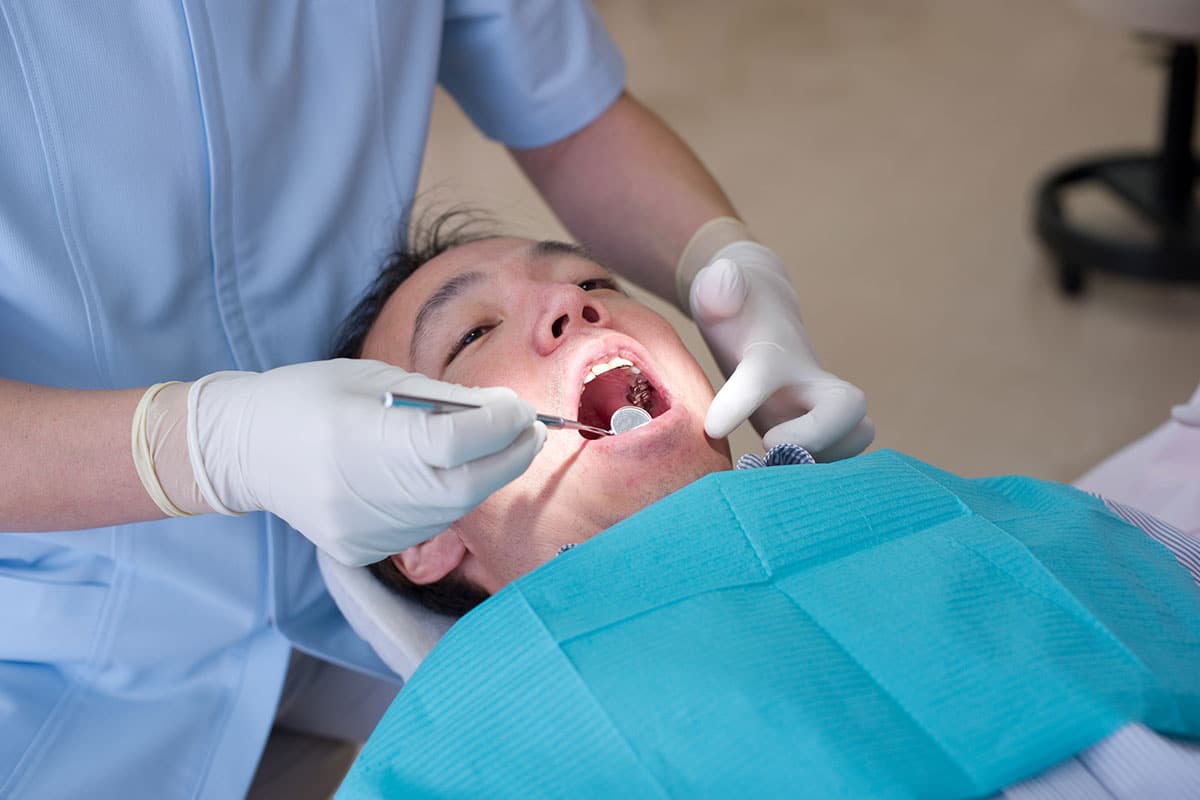
In the field of dental care, innovations continue to transform the way professionals approach treatment. Biomimetic dentistry is one such advancement, representing a shift toward more natural and conservative methods. But what exactly is biomimetic dentistry, and how does it differ from traditional practices? This blog aims to explore these questions and highlight why this approach is gaining traction among both dentists and patients.
A Natural Approach to Dental Care
Biomimetic dentistry, at its core, seeks to imitate the natural properties and functions of teeth. The term "biomimetic" literally means "to mimic life." This approach uses advanced materials and techniques to replicate the natural structures of the tooth, aiming to restore its original strength, function, and appearance without excessive intervention. Unlike traditional methods, which often involve cutting down teeth, biomimetic dentistry focuses on preserving as much of the natural tooth as possible.
Conservatism and Minimal Invasiveness
One of the key distinctions of biomimetic dentistry is its conservative nature. Traditional dentistry often requires more invasive procedures, such as crowns or root canals, to address issues like decay or damage. In contrast, biomimetic techniques aim to fortify and seal the tooth using materials that closely resemble natural enamel and dentin. This approach not only reduces the need for extensive treatments but also lowers the risk of further complications, such as infections or the need for future root canals.
Preserving Tooth Structure and Promoting Natural Healing
The essence of biomimetic dentistry lies in its ability to preserve and protect the original tooth structure. By using materials that mimic the natural bonds of teeth, this practice encourages natural healing processes, allowing teeth to regain their strength and vitality. The meticulous techniques used ensure that teeth are sealed against bacteria, significantly reducing the likelihood of decay and promoting long-term oral health.
Advanced Materials and Methods
Biomimetic dentistry employs cutting-edge materials and methodologies to achieve results that are not only functional but also aesthetically pleasing. The restorations provided under this approach respond like natural teeth, which emphasizes the importance of biomechanics in the treatment process. This intricate balance ensures that the final outcome is both strong and visually indistinguishable from the patient's natural teeth.
Enhancing Oral Health with Biomimetic Dentistry
By focusing on natural restoration, biomimetic dentistry plays a crucial role in maintaining and enhancing overall oral health. The protective seal created by biomimetic materials prevents further decay, ensuring that patients enjoy healthier smiles without the inconvenience of frequent dental repairs. This approach underscores the importance of selecting a skilled dentist who specializes in these techniques to ensure effective, personalized care.
Frequently Asked Questions About Biomimetic Dentistry
What is the main difference between biomimetic and traditional dentistry?
Biomimetic dentistry focuses on preserving natural tooth structure by using materials and techniques that mimic the natural properties of teeth. Traditional dentistry often involves more invasive procedures, such as crowns and root canals, which can compromise the natural tooth structure.
Can biomimetic dentistry prevent the need for root canals?
Yes, one of the primary benefits of biomimetic dentistry is its ability to prevent the need for root canals by sealing teeth against bacteria and reinforcing their natural structure. This reduces decay and the likelihood of needing more invasive treatments.
